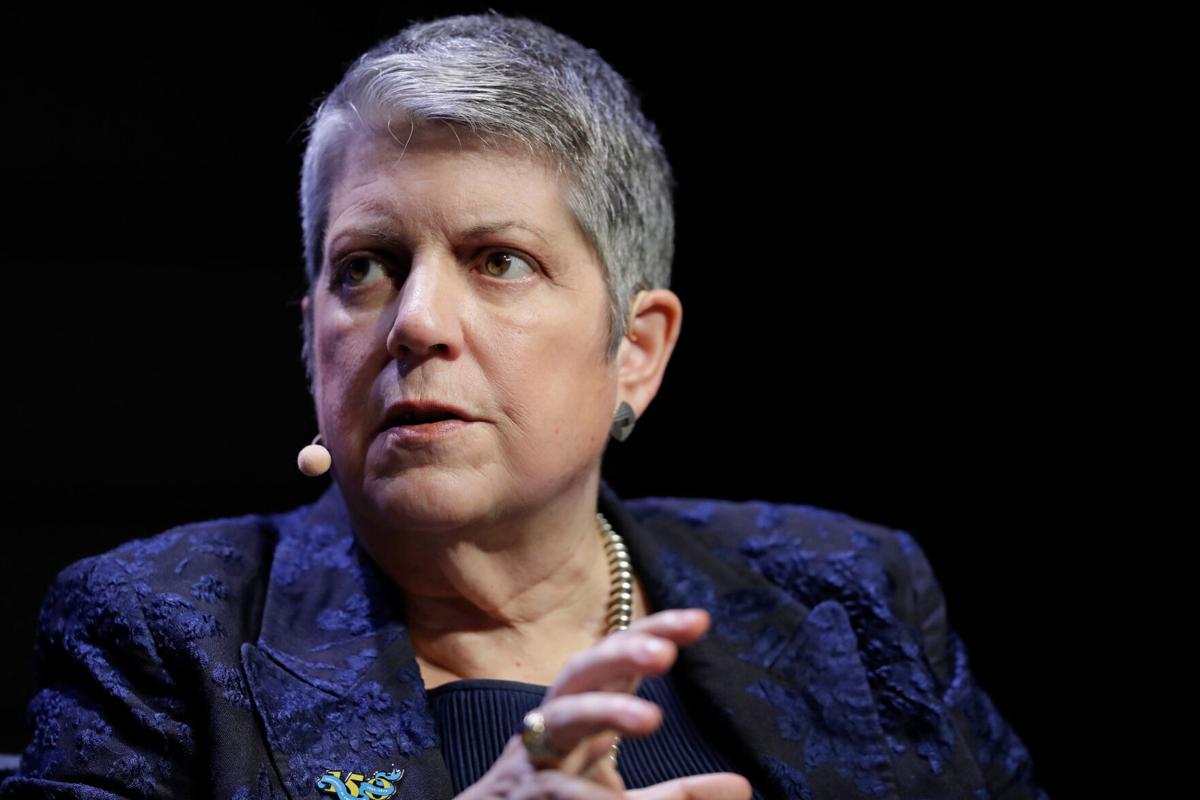PHOENIX — Arizona voters may get one more chance to decide if they would like to have a lieutenant governor.
Yes, it’s true that voters have rejected the idea twice in the past, in 1994 and again in 2010.
But Sen. J.D. Mesnard, R-Chandler, one of the prime sponsors of the proposal, insists this is a new and improved version. And he is telling colleagues that if they put it on the November ballot, it has a much better chance of approval.
So far, most lawmakers from both parties appear to like the plan.
It cleared the Senate on a 23-5 vote. And only Rep. Judy Burges, R-Skull Valley, voted against it this past week when it was approved by the House Government Committee.
That leaves only a final House vote. And as a measure referred to the ballot, it does not need the blessing of Gov. Doug Ducey.
At the heart of the issue is the line of succession.
If a governor dies in office, quits to take another job, gets criminally indicted, or is impeached and convicted — all of which has happened in Arizona — the next in line is the secretary of state.
Only thing is, the person in that office got there by being elected on his or her own. And Mesnard said voters generally make a choice based not on the idea the secretary of state is the governor-in-waiting but on the particular skill set for that office whose duties, from running elections to filing certain business records, are more administrative than policy.
And it has happened more than once that the secretary of state is not of the same party.
What all that means, Mesnard said, is that the policy decisions made by voters in choosing a governor can suddenly be turned on their head by his or her successor.
That most recently occurred in 2009 when Democrat Janet Napolitano quit less than two years into her second term to take a job in the newly elected Obama administration. That put Republican Secretary of State Jan Brewer into the top job.
“Certainly, the Republican Party benefited when Gov. Napolitano went to D.C.,’’ said Rep. John Kavanagh, R-Fountain Hills.
“But I don’t think the voters did,’’ he continued. “I think that really was a shame.’’
It also has gone the other way: Democrat Rose Mofford became governor in 1988 after the Legislature impeached and convicted Republican Evan Mecham.
The parallel proposals awaiting a House vote, SB 1255 and SCR 1024, would set up a system where whoever won each party’s gubernatorial primary would, within 60 days, choose a running mate whose name also would be on the ballot. That’s very close to the current national situation where presidential nominees select who they want for vice president.
One of the reasons there has been prior opposition was the concern of simply increasing government by creating a do-nothing position. This plan, however, spells out that whoever becomes lieutenant governor would serve as the director of a state agency.
Sen. Sean Bowie, D-Phoenix, the other sponsor of the plan, said this actually could save money.
Most agency chiefs easily make six-digit salaries. But the pay for elected officials is set by the legislature. And so far they have concluded that the maximum anyone other than judges should make is the $95,000 a year paid to the governor.
Bowie also pointed out that Arizona is one of just five states that does not have a lieutenant governor. He acknowledged, though, that the position is different in various states, with some running as a slate with the governor, as is proposed here, and others having this second-in-line run on his or her own.
House Minority Leader Reginald Bolding, D-Laveen, said he kind of likes that second option.
He figures that whoever is the running mate of the gubernatorial hopefuls won’t get the same attention — and same public scrutiny — as the person at the top of the ticket. By contrast, Bolding said, a separate race forces candidates to run on his or her own ideas and record.
And as to continuity of policy if the governor leaves office, he pointed out that nothing in the proposal actually requires that the running mate be from the same party.
Mesnard conceded the point.
But he said he presumes that the political parties will do everything they can to make sure the public is aware of the qualifications of the lieutenant governor. In fact, Mesnard said, it’s in their interest to do so, just the same as now happens at the national level.
“Presumably, presidential nominees choose a VP that’s going to enhance the ticket,’’ he said.
“I think that same phenomenon would play out if the governor is selecting a lieutenant governor whose resume is thin or doesn’t have a lot of qualifications,’’ Mesnard said. “Certainly, it would be part of the debate or conversation going into the November election.’’
Anyway, he pointed out, that person’s name is on the ballot, along with the gubernatorial hopeful.
“Everyone knows who it is and it’s not a secret,’’ Mesnard said.
The proposal would allow the governor to name a new lieutenant governor if that person dies or otherwise leaves office.
But that doesn’t mean being able to choose just anyone who would be first in line. The governor’s pick would have to be approved by a majority of both the House and Senate.
The measure, if approved in November, would not take effect until the 2026 election. That means whoever is elected governor this year will have to choose a running mate if he or she wants a second term.
It also means that whoever is elected secretary of state will remain first in the line of succession through 2026.
After that, assuming voters approve the plan, the secretary of state falls to second, followed by the attorney general, the state treasurer and the superintendent of public instruction.





